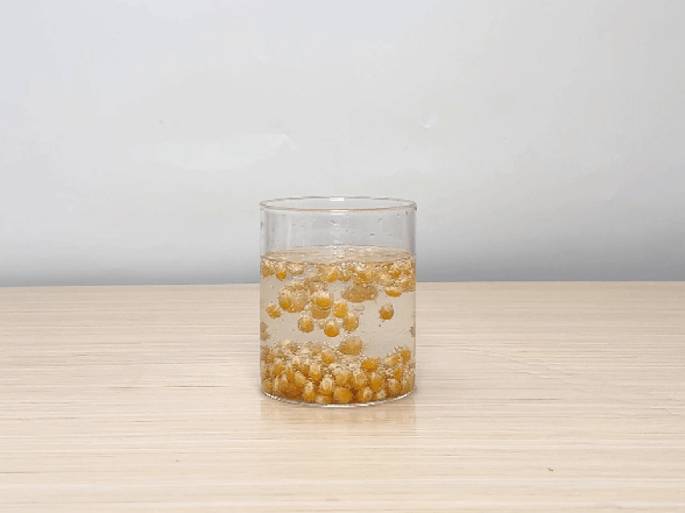Dancing Popcorn Experiment
Stem Activities

Ages: 3-5

Less than 30 minutes

Grownup needed
Explore amazing kitchen science! This is a brilliant STEM activity perfect for autumn and Thanksgiving that transforms ordinary popcorn kernels into dancing sprites. Both children and adults will be mesmerised by the sight of popcorn dancing up and down. All you need are simple kitchen ingredients like bicarbonate of soda and vinegar!
Materials Needed
- Glass
- Water
- Popcorn kernels
- White vinegar
- Bicarbonate of soda
- Measuring cup
- Spoon
Step-by-step tutorial
Add two tablespoons of bicarbonate of soda to the water.
Add two tablespoons of popcorn kernels to the water.
Pour 1/2 cup of white vinegar into the glass.

Your popcorn kernels will float up and down in the glass, as if dancing in the water.

The Science Behind It:
The bicarbonate of soda and white vinegar create a chemical reaction that produces carbon dioxide bubbles. These bubbles attach to the corn kernels, reducing their density and causing them to float to the surface. When the bubbles reach the surface, they pop, releasing the kernels, which then sink back down and the cycle begins again.

 STEM Activities
STEM Activities Artistic Adventures
Artistic Adventures Playful Learning
Playful Learning The Recipe Repository
The Recipe Repository  Nature Explorations
Nature Explorations












